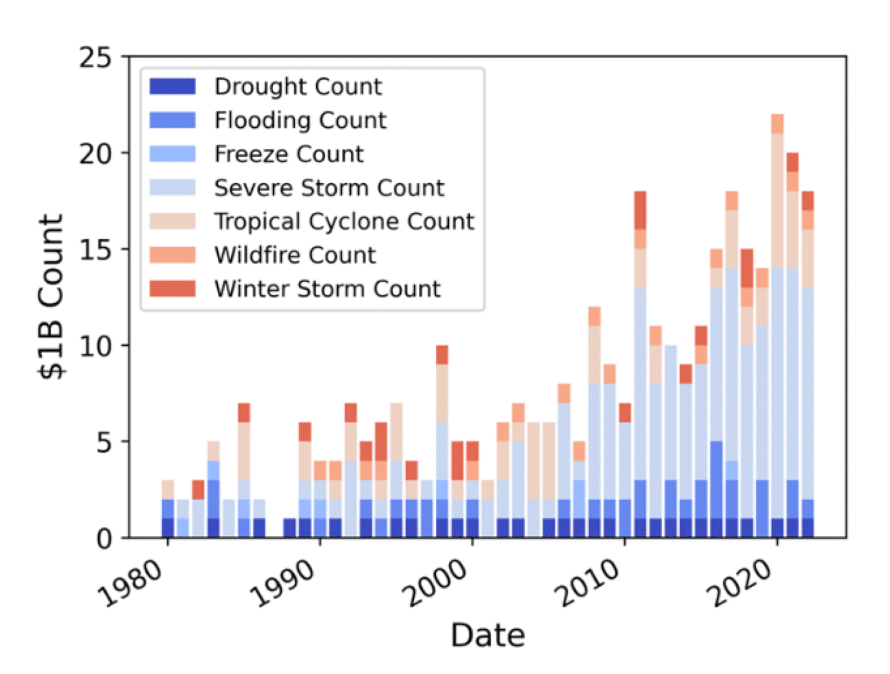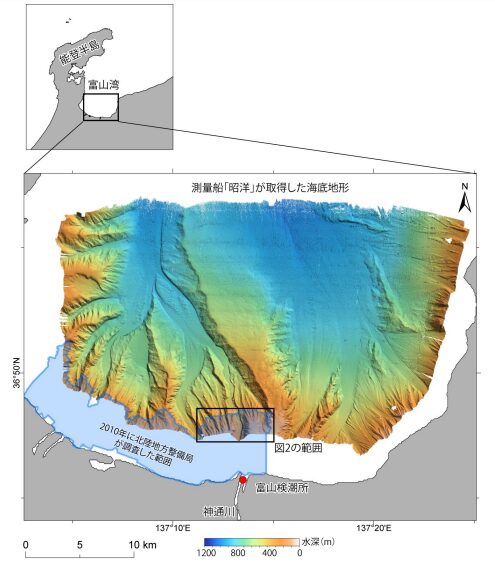2024-01-24 米国国立再生可能エネルギー研究所(NREL)
◆2022年に行われた調査では、米国のPVシステム全体での平均年間効率低下率が0.75%であることが判明しました。また、極端な気象が短期的にはほとんど影響を与えないことがわかりましたが、風や雹のダメージが長期的な劣化を引き起こす可能性があります。業界は、これらの影響を軽減するためにより厳格な標準や最良の設置プラクティスを模索すべきです。
<関連情報>
- https://www.nrel.gov/news/program/2024/how-extreme-weather-and-system-aging-affect-the-us-photovoltaic-fleet.html
- https://ieeexplore.ieee.org/document/10225348
- https://onlinelibrary.wiley.com/doi/10.1002/pip.3566
異常気象と太陽光発電の性能 Extreme Weather and PV Performance
Dirk C. Jordan; Kirsten Perry; Robert White;Chris Deline
IEEE Journal of Photovoltaics Published:21 August 2023
DOI:https://doi.org/10.1109/JPHOTOV.2023.3304357

Abstract
The impact of extreme weather events on photovoltaic (PV) performance was studied by comparing the National Oceanic and Atmospheric Administration database on severe weather with the National Renewable Energy Laboratory’s PV Fleet database on continuous PV performance. We identified 170 systems that were immediately impacted by weather events. These severe weather events lead to a median loss of only 1% of annual production. However, flooding and high wind events were found to have an extremely long tail extending to 60% loss, showing that these discrete events can pose a substantial risk to PV systems. Besides the short-term impact of lost production due to outages, we also found a statistically significant increased performance loss rate (PLR) for high wind events above 90 km/h, by comparing PLR before and after these events. Similarly, hail events caused higher PLR for hail sizes of and above 25 mm indicating that more stringent hail testing for PV modules is required. In addition, very high snow loads may also cause increased PLRs, but more data are required to better quantify the impact. These findings illustrate the substantial risk extreme weather events pose short- and long-term to fielded PV installations.
太陽光発電フリートの劣化に関する洞察 Photovoltaic fleet degradation insights
Dirk C. Jordan, Kevin Anderson, Kirsten Perry, Matthew Muller, Michael Deceglie, Robert White, Chris Deline
Progress in Photovoltaics: Research and Applications Published: 24 April 2022
DOI:https://doi.org/10.1002/pip.3566

Abstract
In the PV Fleet Performance Data Initiative, high-frequency data from commercial and utility-scale photovoltaic (PV) systems have been collected to examine performance loss rates (PLRs) at a fleet scale. To date, performance data from more than 7.2-gigawatt (GW) capacity, 1700 sites and 19,000 inverters—approximately equivalent to 6% to 7% of the entire US PV market—have been collected. An overall PLR of −0.75%/year was found, which is in line with historical and recent findings. Tracked silicon (Si) and cadmium telluride (CdTe) performed comparably with all fixed-tilt systems. Higher PLRs were found for hotter temperature zones; cooler climates exhibit a median −0.48%/year loss, which increases to −0.88%/year in hotter climates. High-efficiency module technologies showed median PLRs in line with conventional Si technologies but demonstrated markedly different PLR behavior when filtered only for low-light conditions <600 W/m2. Causes for this technology-dependent behavior are under investigation.



